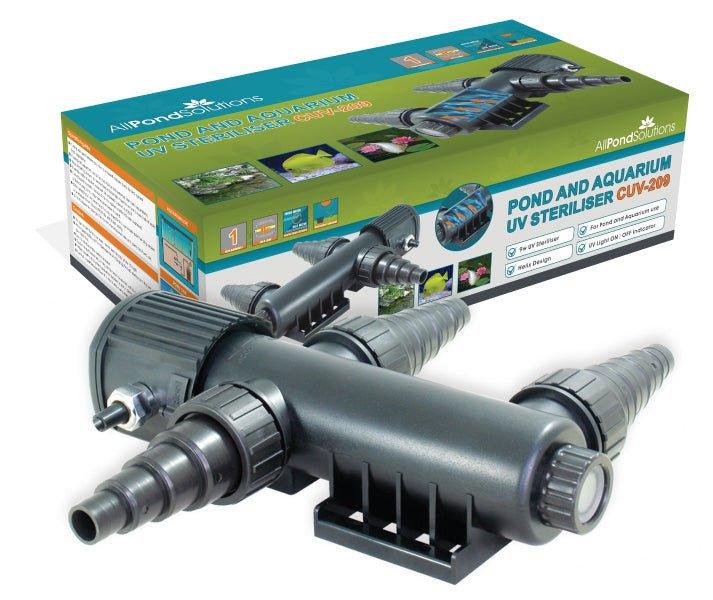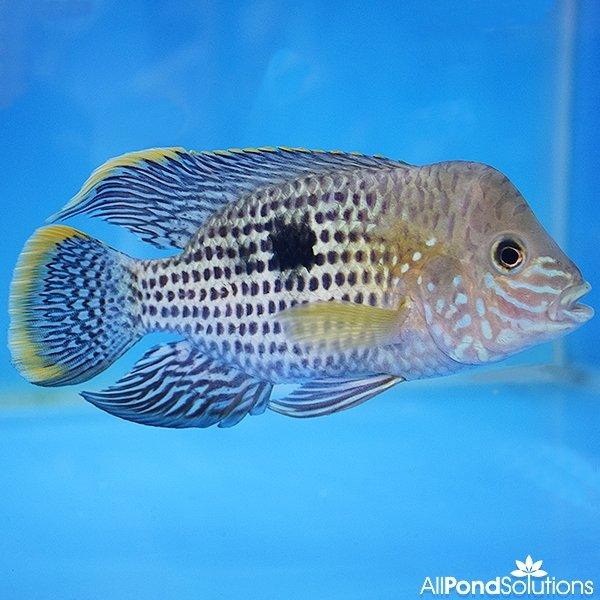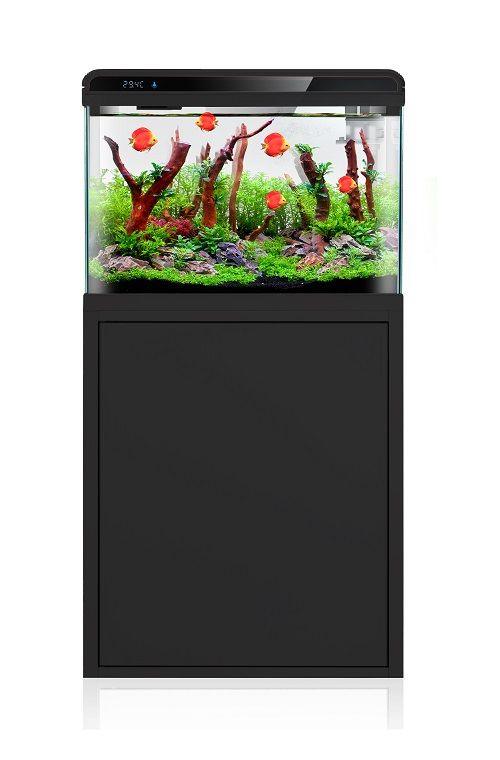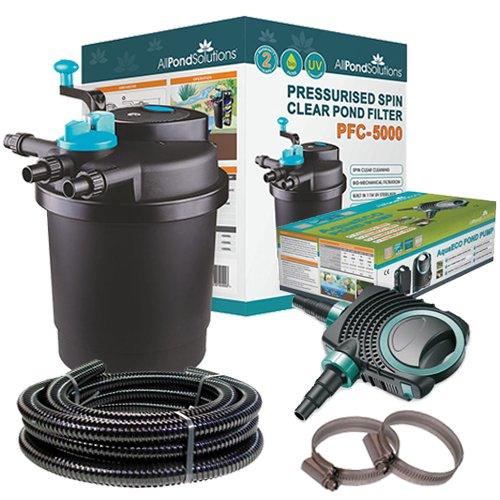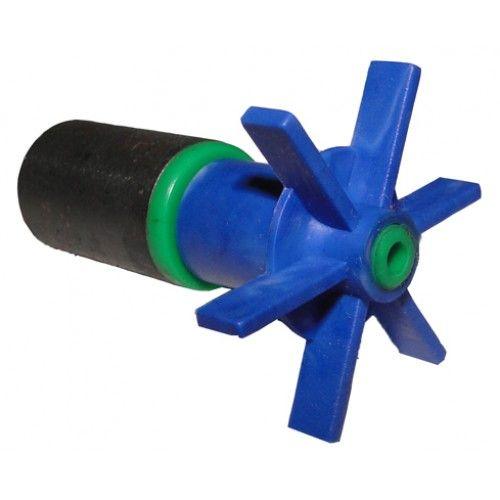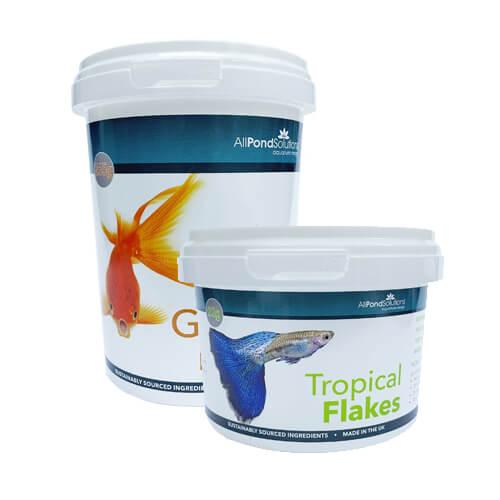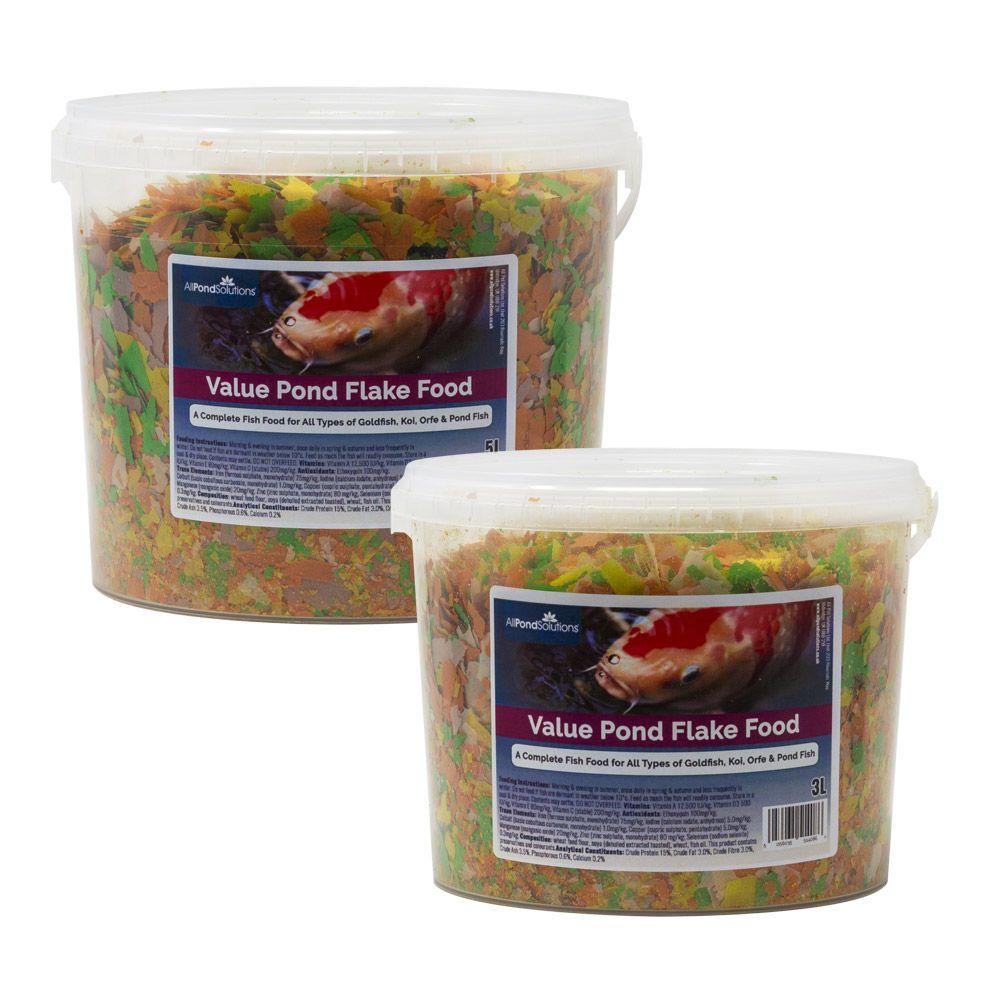Scientific Name: Andinoacara rivulatus
Please note – The image used above is for illustration purposes only; Size, colour and sex may vary. Many of our livestock species are sold as juveniles and have not yet reached their full size and colour potential. If you have any concerns about the size or colour of the livestock you wish to order, please contact our livestock team via our support centre before placing your order. Due to the large quantities of livestock orders daily, the livestock team will are unable to select fish / shrimp to meet specific gender or aesthetic needs.
Approximate purchase size : 8-10 cm
All Pond Solutions will always endeavour to supply as close to the approximate size range as possible. Due to variations from suppliers on rare occasions this may not always be possible. Images used are to show the full potential of the fish when fully mature and are not always representative of juvenile specimens.
How easy are they to care for?
This is a hardy species that is easy to care for.
How large can they grow?
Up to 30 cm.
Where in the world are they from?
This species is native to Ecuador and Peru.
What is the ideal number to keep together?
This fish is best kept alone or in a mating pair.
What water conditions do they require?
Will accept temperatures from 20 – 24°c and a pH range between 6.5 - 7.5.
What should you feed them?
Omnivorous; will happily accept cichlid pellets, live and frozen food.
How compatible are they with other fish?
They are aggressive and territorial so only pair with other robust cichlids and large catfish if you have a large tank (650 litres +).
Can they be bred in captivity?
Breeding is often initiated by performing a large water change with cool water. The pair will choose a flat, smooth surface, or a pit in the substrate and then clean it. The eggs hatch in approximately 3-4 days, and in this time the male will protect the site while the female tends to the eggs. 6-8 days later the fry will be free swimming and can be fed microworm, brine shrimp and powdered dry foods like crushed flakes.
